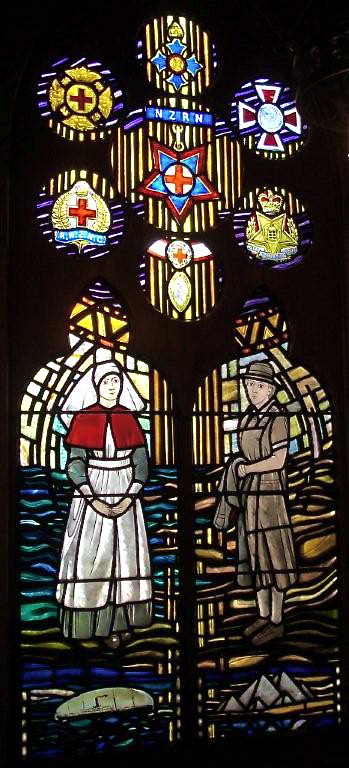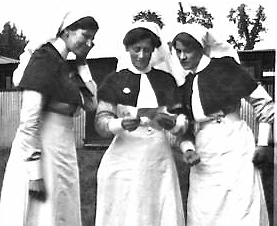Note: Thomas Keneally was WINNER of the Booker Prize for Schindler’s List (1982). He is a two-time WINNER of Australia’s highest award, the Miles Franklin Award in 1967 and 1968, and has been WINNER of the Peggy V. Helmerich Distinguished Author Award in 2007.
“It was the business of the army not only to fight wars but to shift the soldiers in Alexandria to Cairo and those in Cairo to Alexandria – and then for extra pleasure of authority to do it again.”
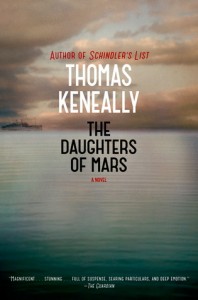 In one of his most expansive novels since Confederates, Australian author Thomas Keneally recreates the cataclysm of World War I, providing an epic vision of warfare with all its horrors, while focusing on the specific contributions of Australia, and its nurses in particular, to Britain’s war effort. Creating two sisters, young nurses from the rural Macleay Valley in New South Wales, who volunteer to serve in Europe and the eastern Mediterranean, Keneally develops the points of view through which he then describes the war, its atrocities, and the heroic actions of its Australian participants. The result is a grand saga in which these two nurses, their colleagues, their patients, and their soldier friends share their lives and their feelings as they deal with the accidents of fate which will change them all.
In one of his most expansive novels since Confederates, Australian author Thomas Keneally recreates the cataclysm of World War I, providing an epic vision of warfare with all its horrors, while focusing on the specific contributions of Australia, and its nurses in particular, to Britain’s war effort. Creating two sisters, young nurses from the rural Macleay Valley in New South Wales, who volunteer to serve in Europe and the eastern Mediterranean, Keneally develops the points of view through which he then describes the war, its atrocities, and the heroic actions of its Australian participants. The result is a grand saga in which these two nurses, their colleagues, their patients, and their soldier friends share their lives and their feelings as they deal with the accidents of fate which will change them all.
Nurses Naomi Durance and her younger sister Sally have a testy relationship with each other, and when they find themselves shipping out together at the beginning of the war, they are careful to avoid each other without being too obvious. During the four years of the war, they often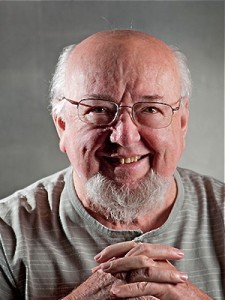 go in different directions to different locations, each woman providing a unique point of view which broadens the reader’s understanding of the war and expands the novel’s scope. Their lively characterizations bring the reader into the action directly as the sisters and their colleagues observe and share the small, brave moments they experience personally; Keneally’s sensitive descriptions make the epic moments of life and death equally as vivid as the novel develops.
go in different directions to different locations, each woman providing a unique point of view which broadens the reader’s understanding of the war and expands the novel’s scope. Their lively characterizations bring the reader into the action directly as the sisters and their colleagues observe and share the small, brave moments they experience personally; Keneally’s sensitive descriptions make the epic moments of life and death equally as vivid as the novel develops.
For the first hundred pages, however, the novel’s emphasis remains on the specific and personal, and one may wonder initially when the author will begin dealing with the larger questions and themes of the novel. Naomi and Sally leave Australia by ship and eventually arrive in Cairo. Sally’s trip to the pyramids calls forth the first observations connected to the themes when she intuits why the pyramids were built: “To deal with the infinity the Egyptians saw in all directions. Desert and those towering objects were so simple and triangular and undeniable that they called up memory of other things that were elemental and undeniable…but also put them in their place.” The sisters’ first experience with soldiers at this early point in the war emphasizes how young and naïve they all are: “suburban cherubs still, untempered by military exercises and desert manouevres.” Most of these soldiers are being treated not for wounds, but for venereal disease.
Naomi and Sally, assigned to the hospital ship Archimedes (which Keneally says he based on the real New Zealand hospital ship Marquette), join eighteen other nurses as they sail toward the Hellespont and the long, horrific Battle of Gallipoli (April, 1915 – January 1916), which caused over twenty-five thousand deaths and injuries to Australian troops alone. The Archimedes runs out of morphine and other medications as the medical staff deals with amputations, brain damage, typhoid, and dysentery in a losing battle against the Ottoman Empire. When the ship returns to Alexandria for re-supply, the staff learns that the Archimedes will soon be “going black,” traveling without lights and without a Red Cross insignia in order to transport troops and materiel back to the area. A torpedo hits the ship and leads to some of the novel’s most vivid scenes, with the chaos leading to many unnecessary deaths, including the deaths of a number of nurses. Sally and Naomi end up treating wounds on the Greek island of Lemnos, which soon becomes the site of another major battle.
In 1916, the sisters are in separate locations. Sally is stationed at a hospital in Rouen, where she must deal with the effects of gas warfare for the first time, along with shell shock among those men who have been fighting for too long under terrifying conditions. Naomi has traveled to London, where she reconnects with former nursing matron Mitchie, and meets Lady Tarlton, who has been using her own funds to supply hospitals in France. Her latest project is to establish the Australian Voluntary Hospital in France at an enormous, unused chateau. (Keneally reveals that he modeled Lady Tarlton on the real Lady Dudley, wife of the former Governor General of Australia, who once set up a nursing service in the bush, and, during the war, succeeded in establishing an Australian Voluntary Hospital in France.)
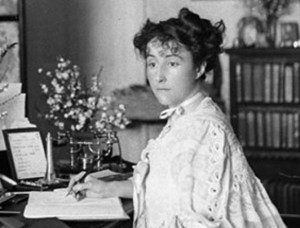
Lady Rachel Dudley, wife of the former Governor General of Australia, who served as model for Lady Tarlton.
Contemporary medical issues receive significant attention throughout. At least one physician at the clearing station begins to stress the importance of using masks when dealing with sick patients, especially as flu and tuberculosis become more prevalent. New strides are made in surgical procedures regarding amputations and even maxillofacial surgery, though the lack of antibiotics makes successful recoveries chancy, at best. Gas attacks continue, hospitals are bombed, even when they carry red crosses on their roofs, and aid posts and dressing stations must sometimes be abandoned, even when the wounded still occupy them.
Gender issues also play a part in the novel. Rape occurs, and some officers do not regard it as a crime worth pursuing. Nurses are sometimes treated rudely or as low-level servants, instead of as professionals. Other issues, such as suicide, euthanasia, and the question of conscription play a part here, too. The needs of all the nurses and soldiers for connection and companionship is a major theme, and numerous love stories add to the complexities of the life at the front.
Keneally successfully creates a broad picture of the contributions of Australian men and women, many of whom gave their lives for the Empire during World War I. Engaging and often moving, the novel explores life at the front a hundred years ago, with main characters whose psychological acuity gives them some depth. Though the novel does get a bit preachy in places and makes occasional moral pronouncements, Keneally has written an ambitious novel which pulls no punches: “There are only two choices, you know. Either die or live well. We live on behalf of thousands who don’t. Millions. So let’s not mope about it, eh?”
ALSO by Thomas Keneally, reviewed here: SCHINDLER’S LIST, THE TYRANT’S NOVEL, VICTIM OF THE AURORA, CONFEDERATES, NAPOLEON’S LAST ISLAND
Photos, in order: The author’s photo is from http://www.festivaloftheartsboca.org
This stained glass window by Veronica Whall, in the Christchurch Chapel, commemorates the nurses who died in the Aegean in World War I. The seven medals at the top include the Florence Nightingale Medal, the highest award in the nursing profession. http://www.rootsweb.ancestry.com
The picture of Lady Dudley appears on https://commons.wikimedia.org/wiki/File:Rachel_Dudley_in_Australia.jpg
Three nurses from Tasmania, pictured here in the same uniform as shown in the stained glass window, above, are described on http://throughtheselines.com.au They are: Sisters Cameron of Tasmania, (probably Mabel Letitia Cameron of Hobart, Tasmania); Edith Annie Foster of NSW and Clare Deacon, MM, of Tasmania. Sister Foster enlisted on 21 November 1914 and returned to Australia on 11 December 1918. Sister Cameron and Sister Deacon both enlisted on 21 November 1914 and returned to Australia on 29 January 1918. Sister Deacon was awarded the Military Medal on 24 January 1918 for her bravery during the bombing raids at the 2nd Clearing Station at Trois Arbres near Armentieres on 22 July 1917. From the collection of Mr Alfred Thomas Sharp.
The last photo, of the Marquette hospital ship is from http://www.nzans.org/
ARC: Atria Books
